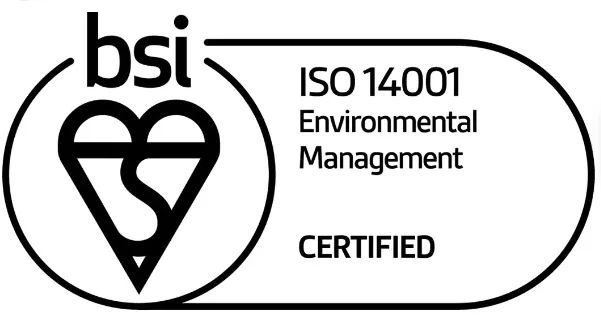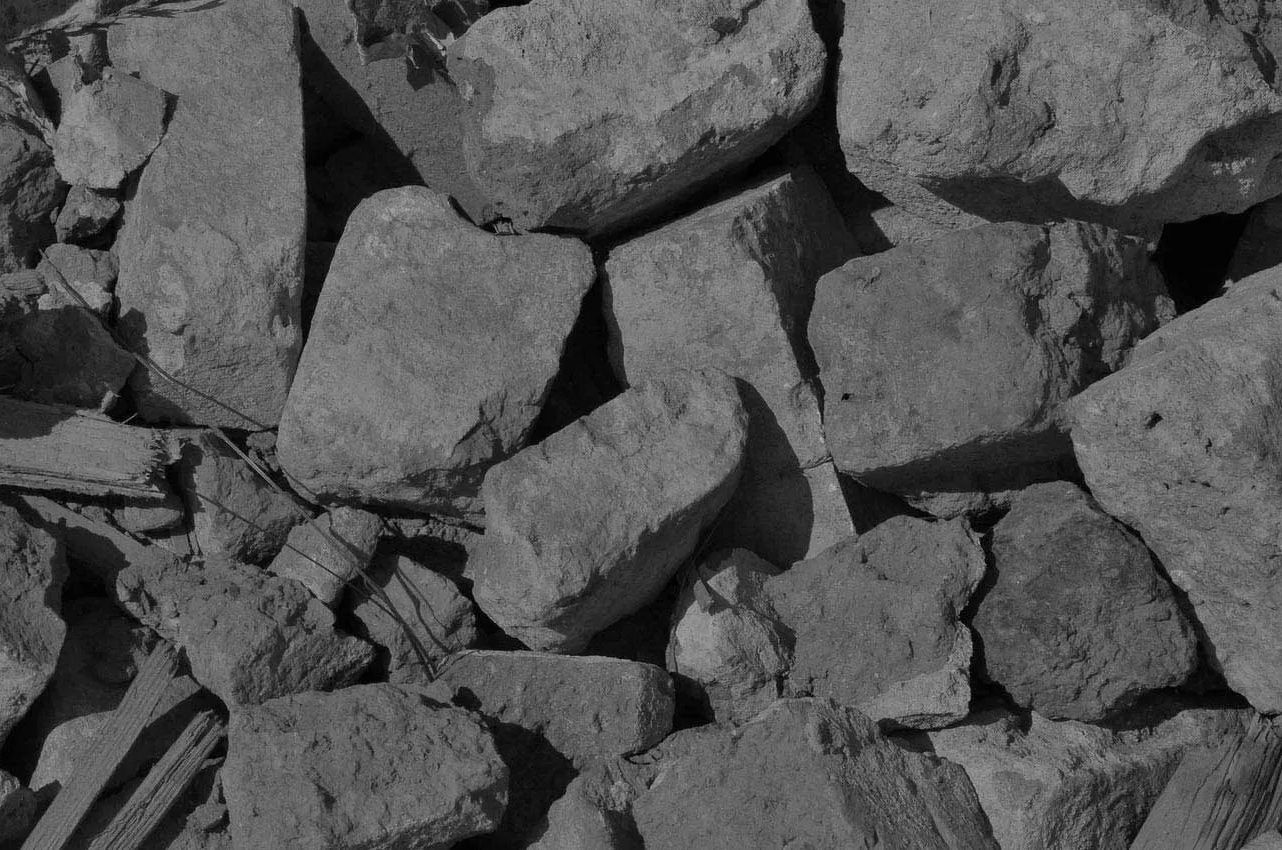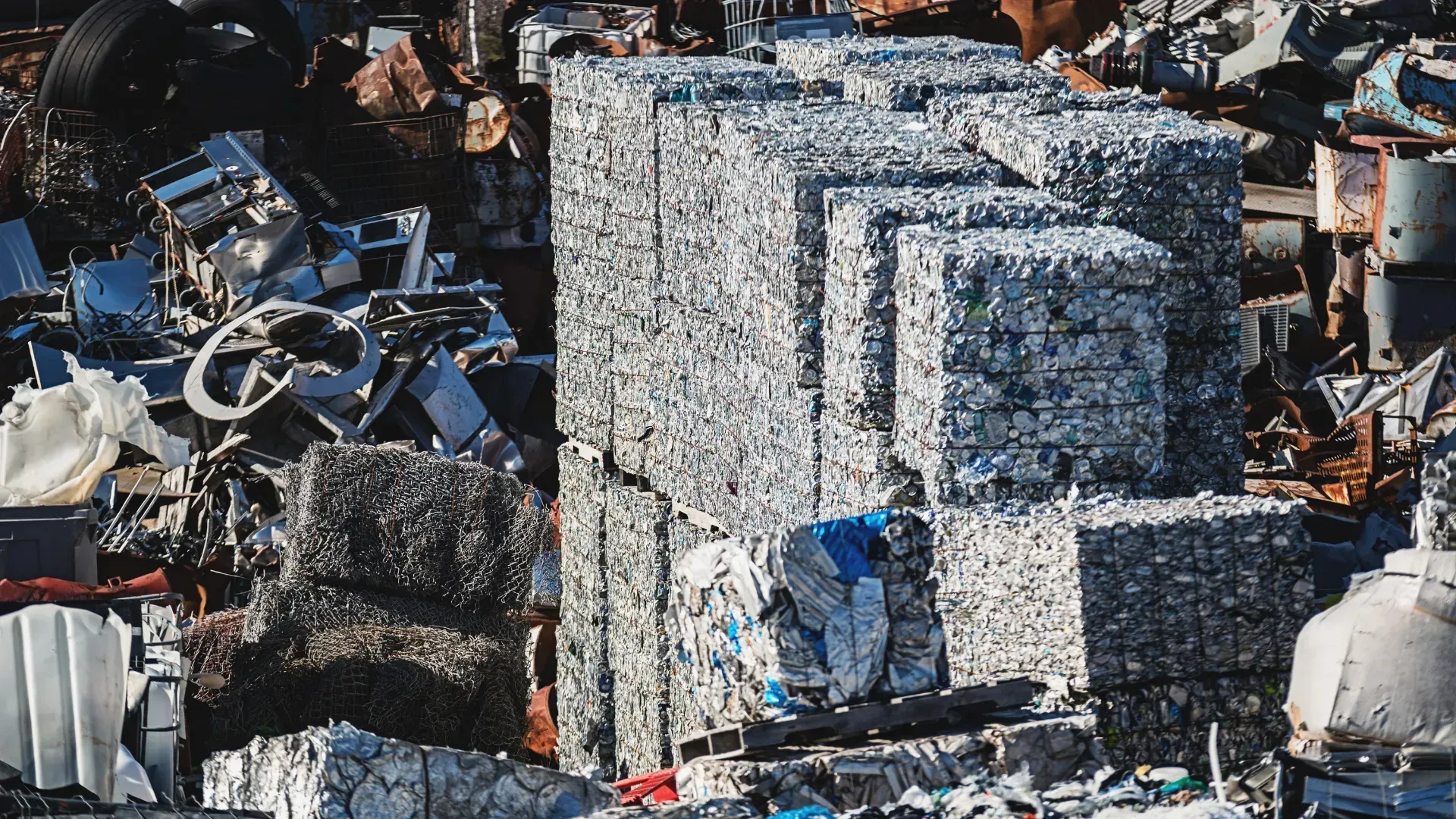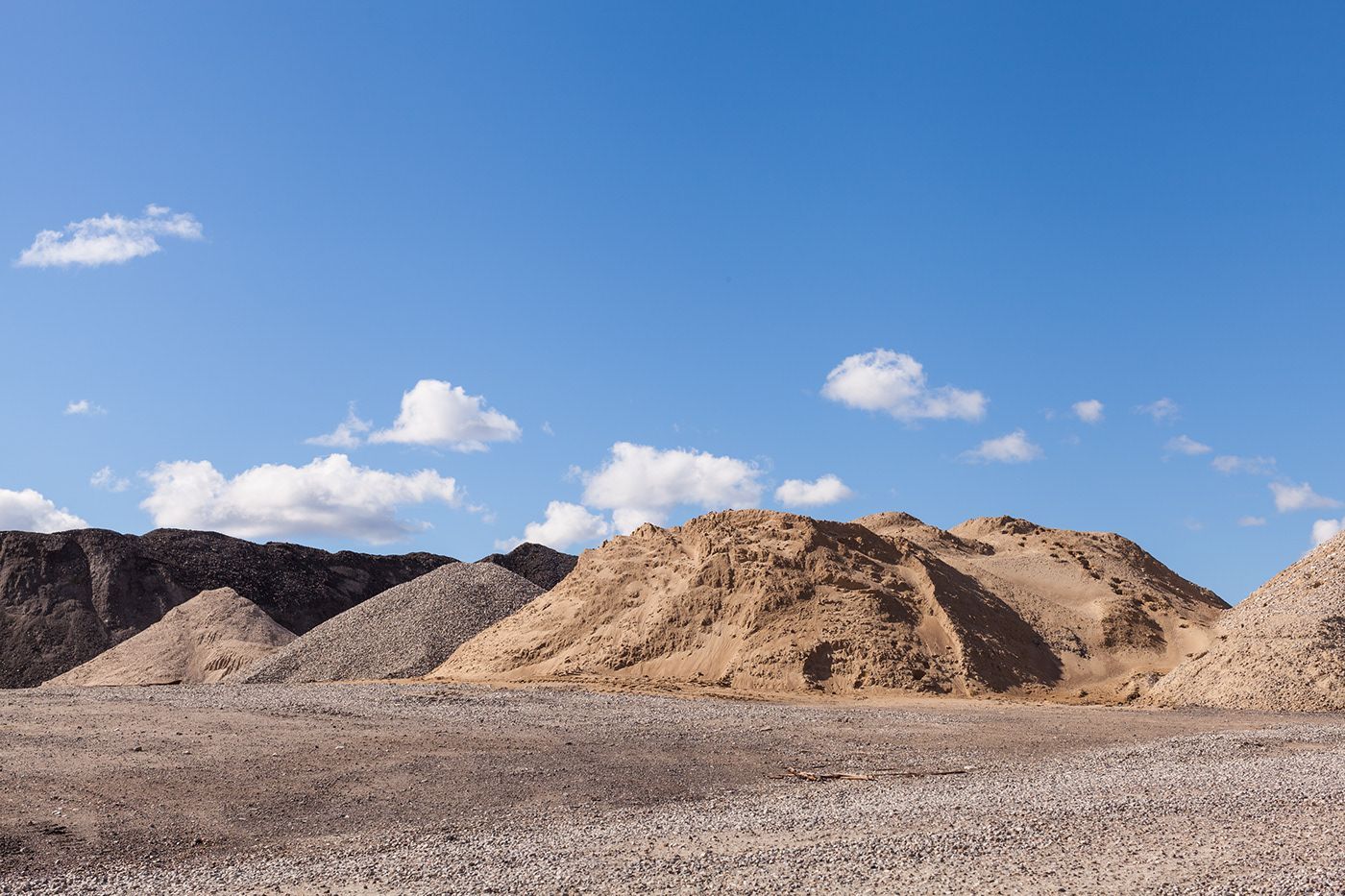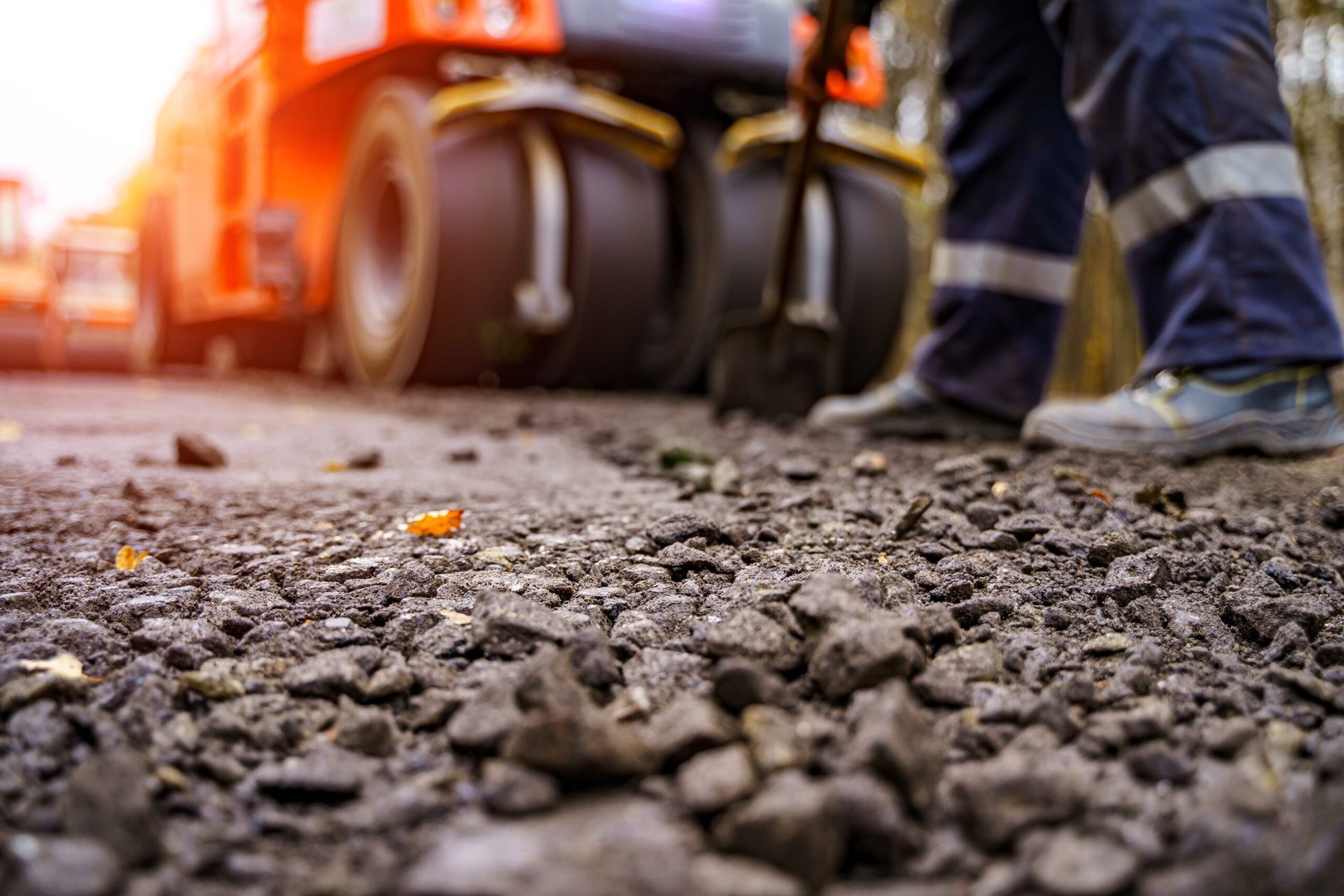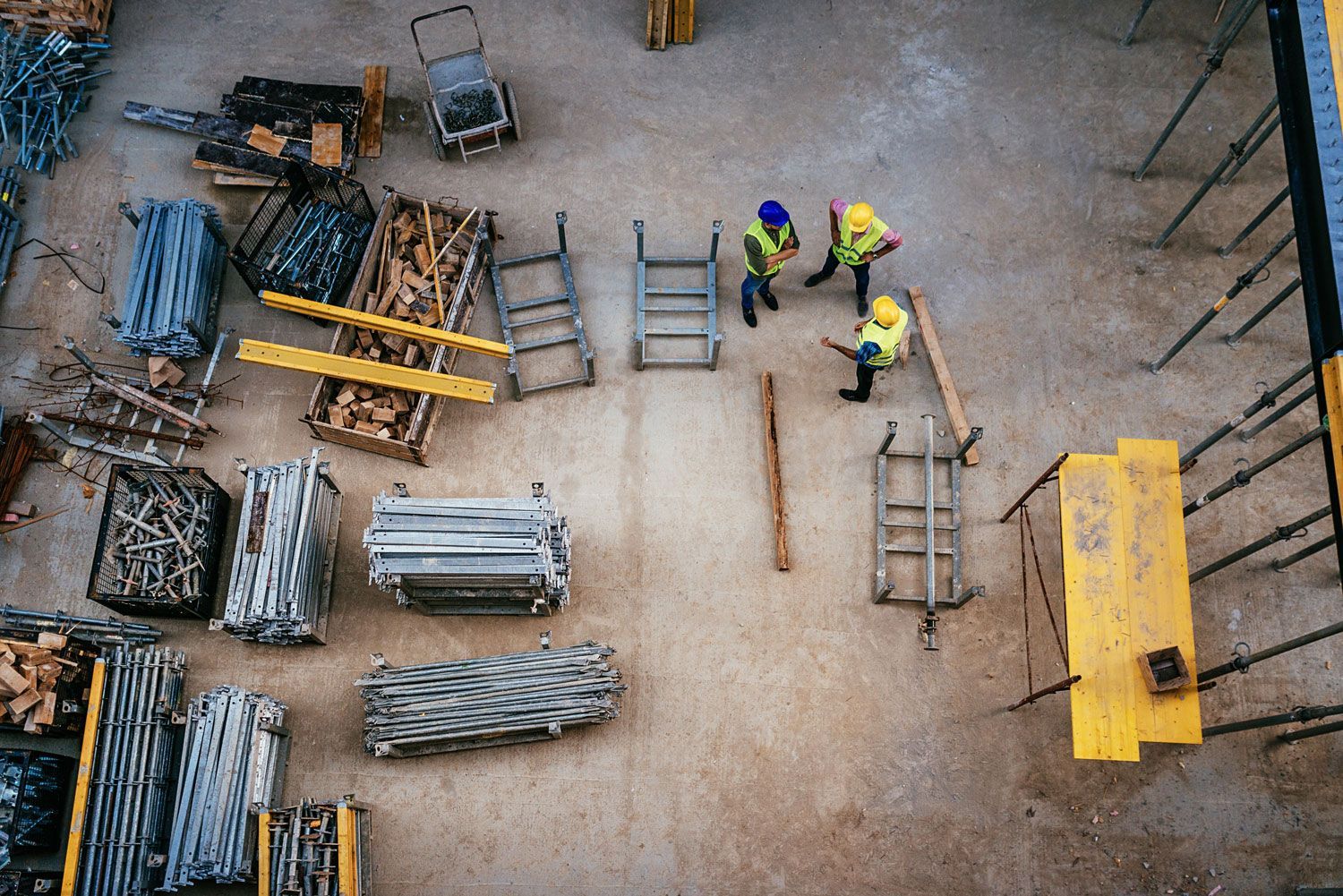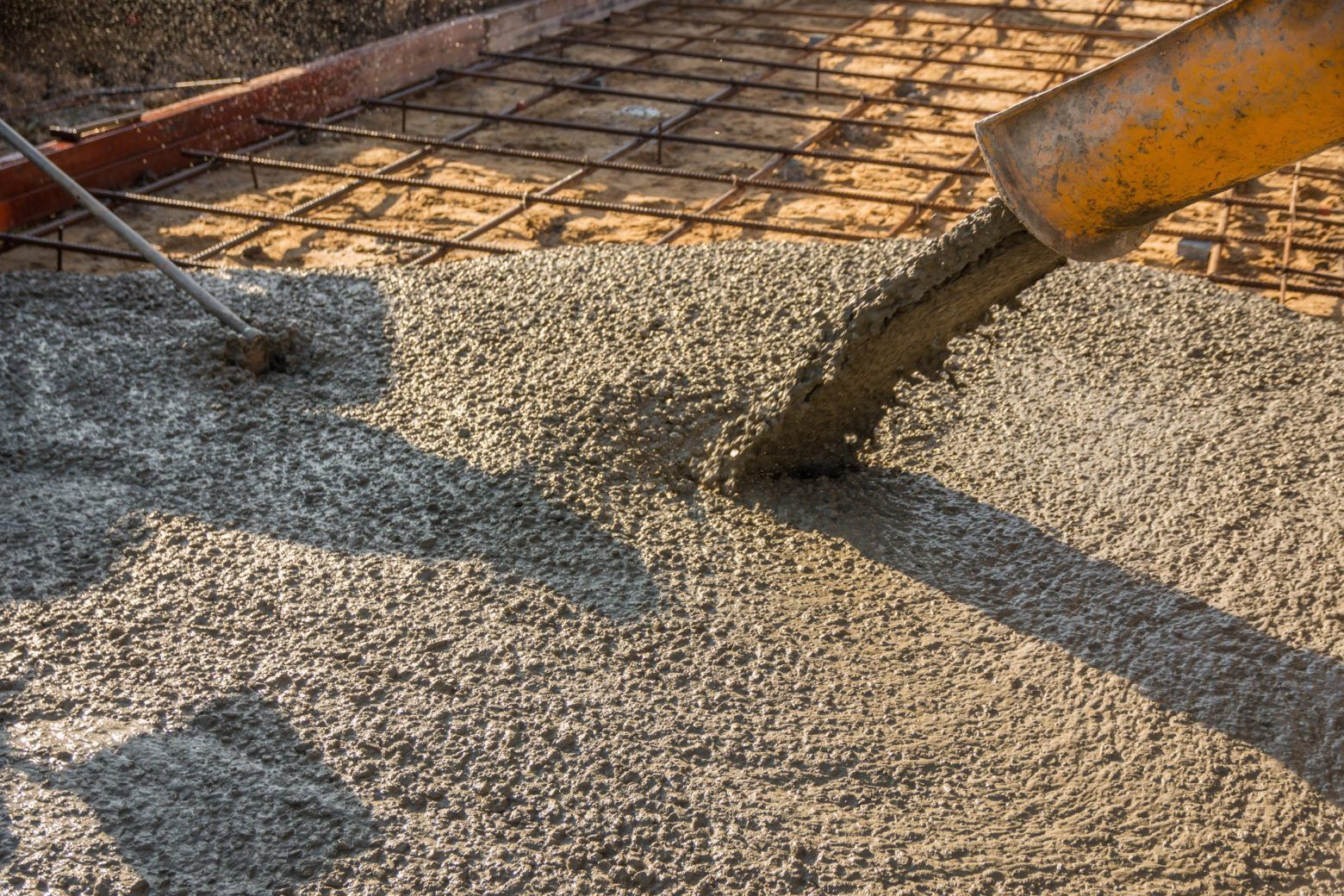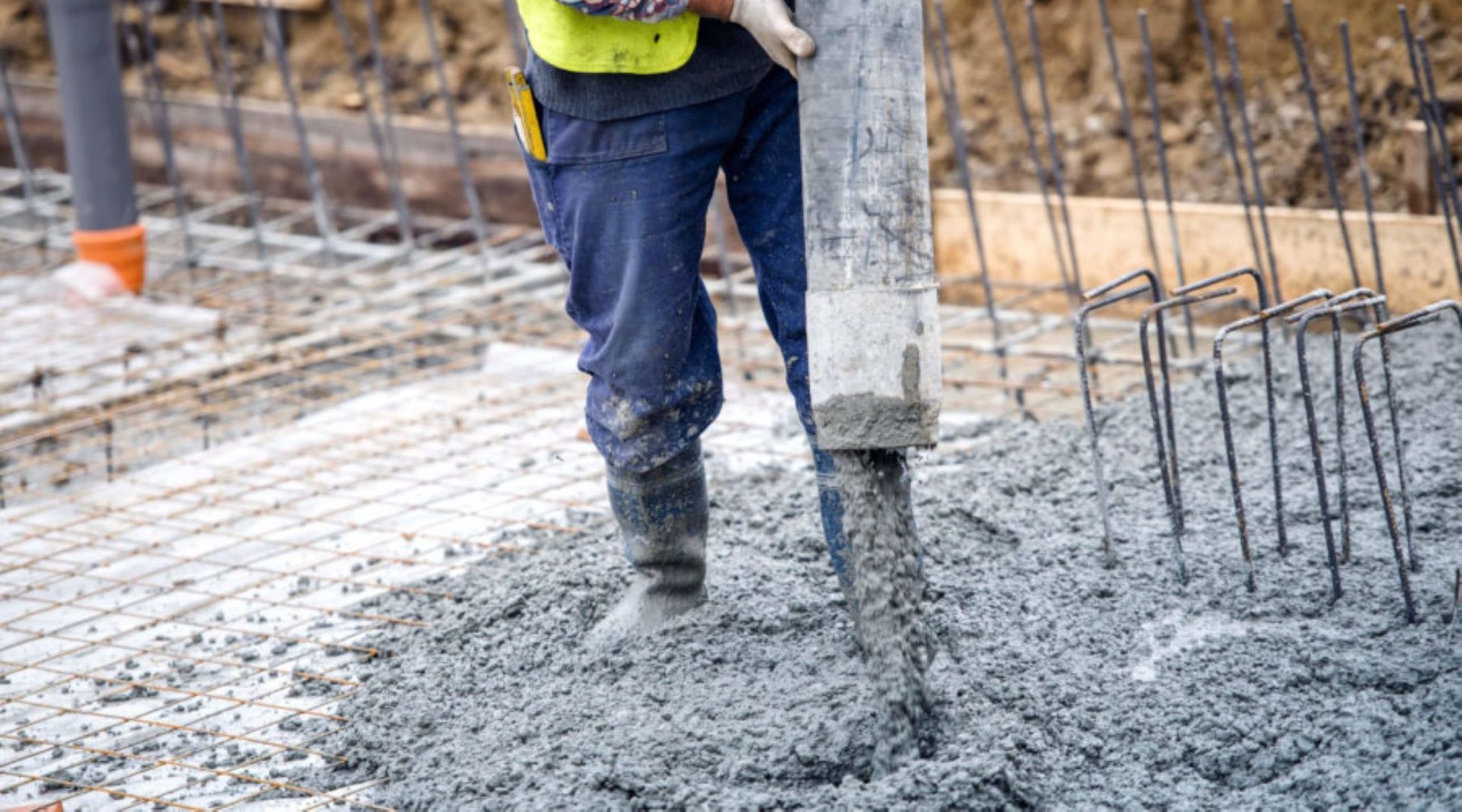Building Sand: A Guide to the Different Sand Grades
Sand can be used in a variety of different projects, from construction to landscaping. It can be used on its own for decorative effect or to improve the drainage of a soil, or it can be mixed in with cement to create concrete that has desired qualities and characteristics.
Keep on reading as we take a deeper look at the commercial uses of sand - specifically, looking at what graded sand means and the different grades of sand that are available.
What is Graded Sand?
Graded sand refers to sand that has been separated into different sizes and textures through the use of various sizes of sieves. The weight of the sand left in each of the sieves is then measured, which is used to determine its grade.
The reason sand is graded in this way is because the size and texture of different sand grains can actually have a great effect on its use in different ways. For example, larger, coarser grains of sand can help improve the strength and longevity properties of certain construction processes, whereas finer sands are ideal for improving precision work.
A Look at the Different Sand Grades
Fine Sand
This is the sand that is most commonly referred to as building sand. Fine sand is characterised by small sand particles and, as its name suggests, is much finer than other sand types. The grains also tend to be quite round and smooth.
Fine sand grains tend to be smaller than 5mm, with their size and rounded surface being reasons why they are commonly used in screed and plaster mixes, as they can help to achieve a smooth surface finish.
Coarse Sand
In stark comparison to fine sand, coarse sand (also known as sharp sand) is made up of large, angular particles.
Because of its size and shape, it’s more commonly used in concrete mixes, as this allows it to bond well to surfaces and improve the durability of the concrete. Although, you won’t achieve the same smooth finish when using coarse sand as you would with fine sand.
Fill Sand
Fill sand is sand that actually hasn’t been screened or washed. It's made from rock particles that have naturally broken down or from a mixture of leftover sand from the screening process that doesn’t meet any of the required standards to meet a specific grade.
It’s commonly used for backfilling, as it doesn’t retain moisture, thus is ideal for promoting healthy drainage. It’s also an inexpensive type of sand.
Reliable Quarry Services
If you’re in need of different grades of sand for your next project, then we’ve got you covered here at WM Thompson & Son.
From concrete sand to building sand, we can provide you with sand directly from our quarry, graded to suit your building or groundwork needs.
Get in touch with us today to discuss your requirements.

